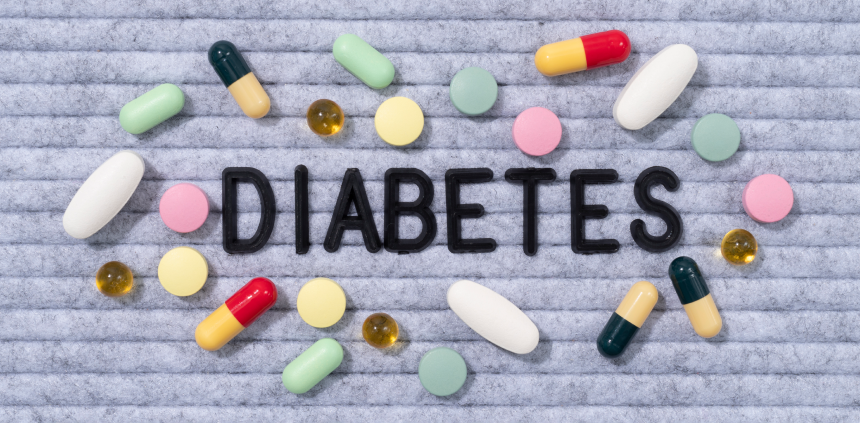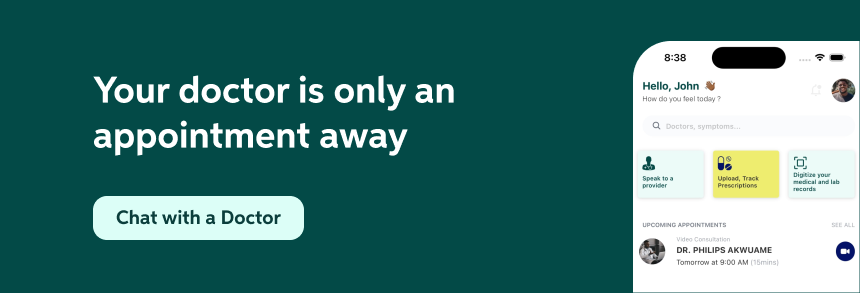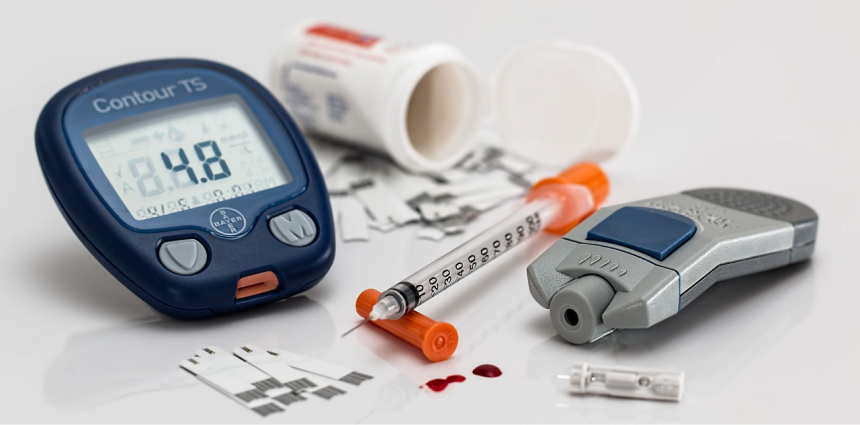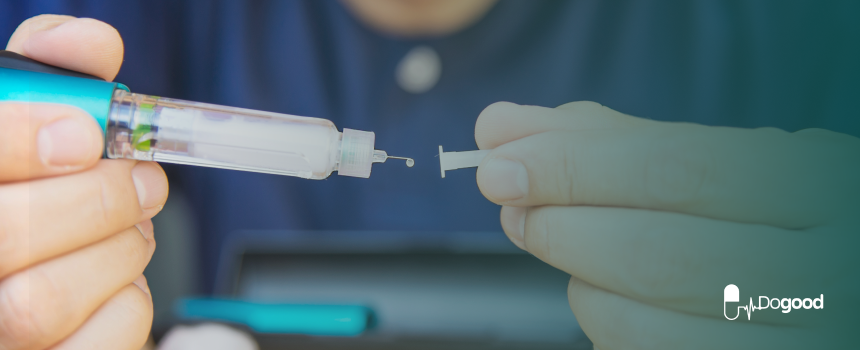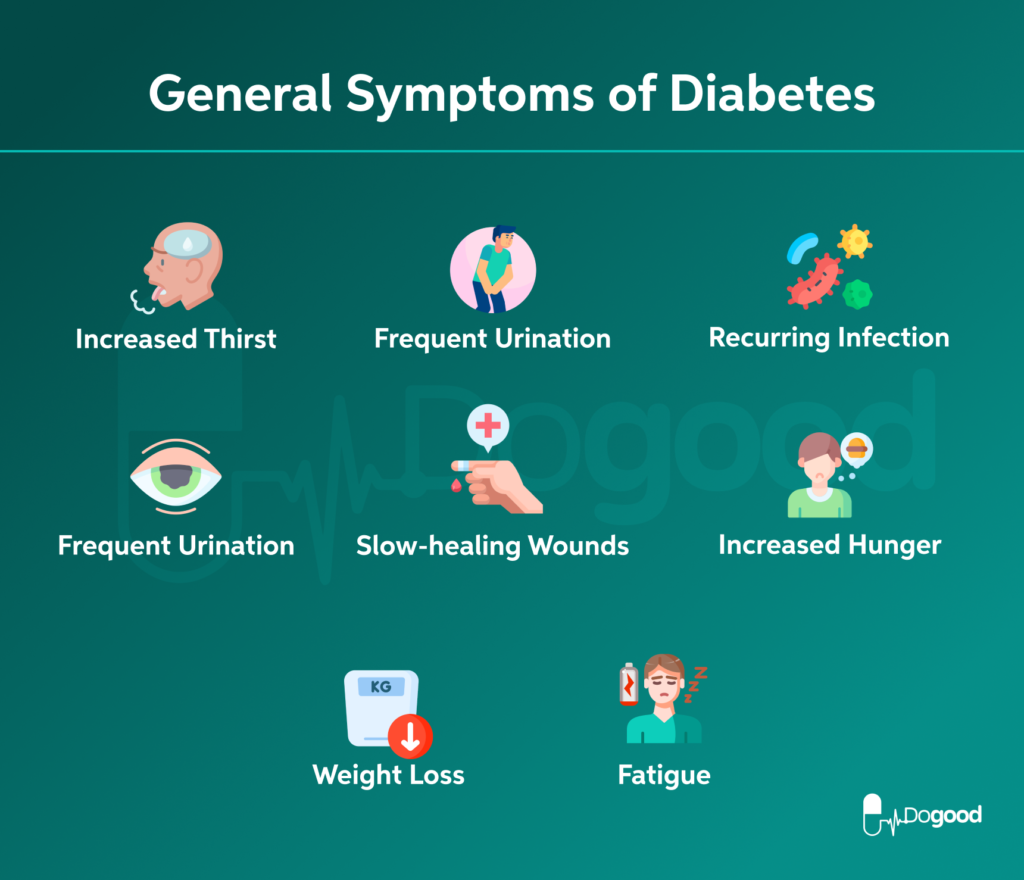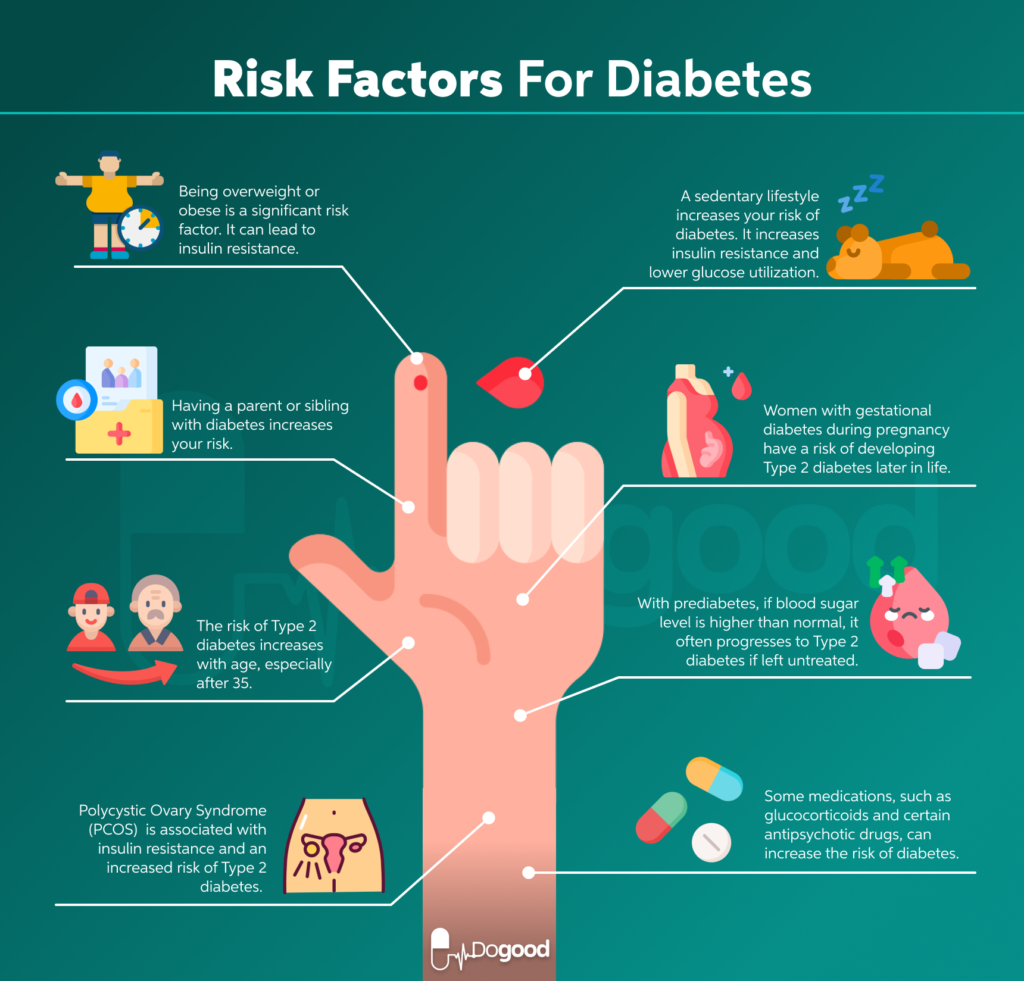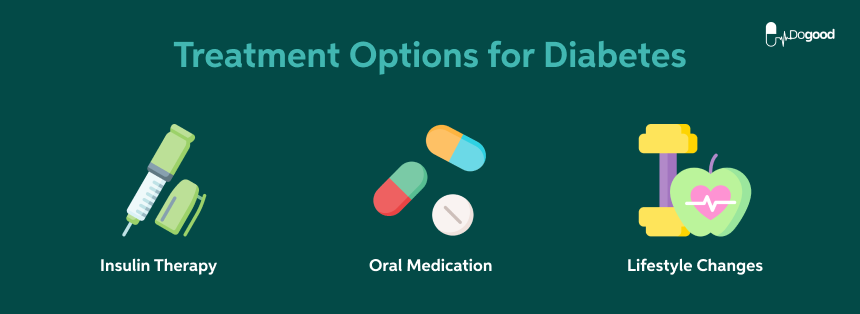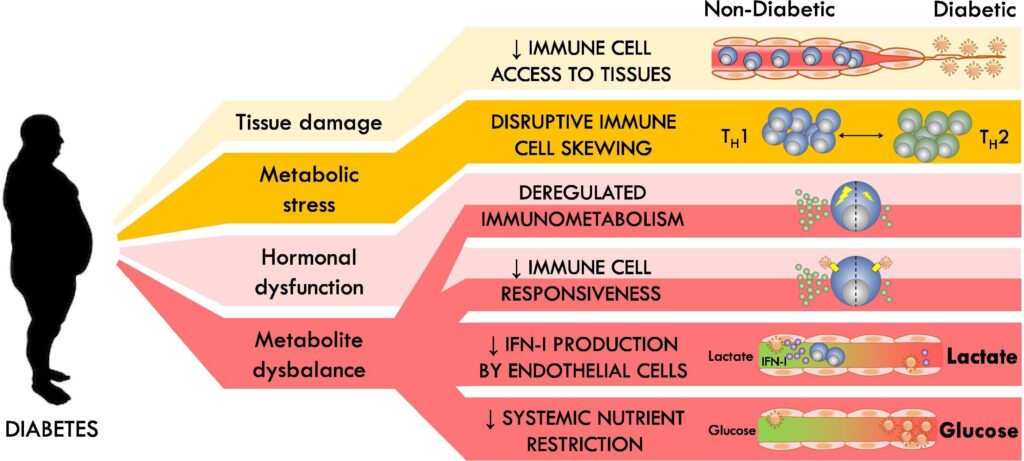Introduction
Family planning is one of the most important decisions people make in their lives, and it’s not just about preventing pregnancy—it’s about empowering individuals to take control of their reproductive health. Whether you’re looking for short-term contraception or considering long-term options, there are various family planning methods available to suit your needs.
In this guide, we’ll explore the types of contraception, the best family planning method for different situations, and how to make an informed choice about avoiding pregnancy with safe, reliable methods.
What Is Family Planning and Why Is It Important?
Family planning allows individuals and couples to decide if and when they want to have children. It can help promote overall health, economic stability, and emotional well-being.
The right family planning method offers more than just pregnancy prevention—it also promotes safer sexual experiences, reduces the risk of certain cancers, and can give individuals the space to pursue their personal goals. With so many family planning methods available, there’s something for everyone, whether you’re in a long-term relationship, exploring natural contraception, or seeking a permanent solution.

Family methods come in two main categories: temporary and permanent contraceptive methods. The best method for you depends on your current life stage, health, and future reproductive plans.
Temporary Family Planning Method
Temporary methods offer flexibility since you can stop using them whenever you choose.
Let’s take a look at the different types of contraception in this group:
1. Hormonal Contraceptives (Pills, Injections, Implants, and Patches)
Hormonal contraceptives are some of the most commonly used family planning methods, and they work by altering your body’s natural hormonal cycle to prevent ovulation or fertilization. These include:
- Birth Control Pills
Oral contraceptives, commonly referred to as birth control pills, are one of the most popular types of contraception. They are highly effective when taken regularly, but be mindful of side effects like nausea or changes in mood.
- Contraceptive Injections
The Depo-Provera injection is another form of hormonal contraception, administered every three months. It’s great for people who prefer not to have to remember taking a daily pill.
- Implants and Patches
The implant is a small rod inserted under the skin that releases hormones for up to three years. Patches work similarly, releasing hormones through the skin to prevent pregnancy for about a month. Both are effective but can come with side effects like weight changes or irregular bleeding.
Barrier Methods (Condoms, Diaphragms, and Cervical Caps)
Barrier methods work by physically blocking sperm from reaching the egg. They don’t involve hormones, making them a good choice for people looking for natural contraception or those who can’t use hormonal methods.
- Condoms (Male and Female)
Condoms are a classic, reliable option. They’re also the only contraceptive method that offers protection against sexually transmitted infections (STIs).
- Diaphragms and Cervical Caps
These are inserted into the vagina to cover the cervix and prevent sperm from entering the uterus. They must be used with spermicide for the best effectiveness. While not as commonly used today, they still offer an alternative for those seeking non-hormonal options.
3. Intrauterine Devices (IUDs)
IUD is a small device placed in the uterus that can be used to prevent pregnancy for anywhere between 3 to 10 years, depending on the type. There are two main types:
- Copper IUD: A non-hormonal option that works by creating a hostile environment for sperm.
- Hormonal IUD: Releases hormones that prevent ovulation, making it effective for many years. It’s great for those who don’t want to worry about daily pills or frequent doctor visits.
4. Emergency Contraception
The levonorgestrel pill, also known as the morning-after pill, is a type of emergency contraception that can prevent pregnancy after unprotected sex. It works by delaying ovulation or preventing fertilization. It’s not advisable to be used regularly.
Permanent Family Planning Methods
For those who are certain they don’t want children in the future, permanent methods offer long-lasting solutions. These are ideal for people who have completed their families or simply don’t wish to conceive.
1. Sterilization for Women (Tubal Ligation)
Tubal ligation, often referred to as “getting your tubes tied,” is one of the most common permanent family planning methods for women. During this procedure, a surgeon blocks, ties, or cuts the fallopian tubes, preventing eggs from traveling from the ovaries to the uterus. This also blocks sperm from reaching the eggs. The procedure is performed under general anesthesia and can be done either laparoscopically (with small incisions) or through a more traditional method, depending on the situation.
Considerations:
This procedure is permanent, so it’s important to be sure that you do not want children in the future. Reversal can be complicated and may not always be successful.
Like any surgery, it carries some risks, including infection or complications from anesthesia.
2. Sterilization for Men (Vasectomy)
A vasectomy is the male equivalent of tubal ligation, where the vas deferens (the tubes that carry sperm from the testicles) are surgically cut, sealed, or blocked. This prevents sperm from being released during ejaculation. A vasectomy is quick, minimally invasive, and can typically be performed in a doctor’s office under local anesthesia.
Considerations:
Like tubal ligation, a vasectomy is intended to be permanent, though reversals are possible in some cases, but they are expensive and may not be successful.
It’s important to note that a vasectomy does not provide immediate protection. It takes about 3 months for all sperm to be cleared from the reproductive system, so alternative contraception is needed during this time.
Using the Menstrual Cycle in Family Planning
For some, the idea of using natural contraception methods, such as tracking the menstrual cycle, is attractive. These methods involve monitoring various signs of fertility to avoid sex during fertile windows. While they are hormone-free and non-invasive, they also require commitment, consistency, and careful monitoring to be effective.
Menstrual Cycle Safe Days
Fertility awareness or the rhythm method is based on tracking the natural signs of fertility throughout the menstrual cycle. This includes tracking your cycle length, changes in cervical mucus, and basal body temperature. By identifying the safe days (days when you’re less likely to conceive) and avoiding sex or using barrier methods on the fertile days, individuals can avoid pregnancy naturally.
How it works:
The method involves keeping track of your cycle for several months to understand when you are most fertile. You can track your cycle using a calendar or fertility apps.
You will need to abstain from sex or use additional protection (like condoms) on the days when you’re most fertile, typically around ovulation.
Benefits:
- Hormone-free and non-invasive.
- Promotes awareness of your body’s natural rhythm.
- Used to avoid pregnancy or get pregnant
Considerations:
- Less effective than other contraceptive methods, with a failure rate of around 24% for typical use.
- Requires dedication and careful monitoring of your cycle.
- Does not protect against sexually transmitted infections (STIs).
Free Periods and Cycle Tracking
Some individuals prefer to use a free period, which refers to the days during the menstrual cycle when they are least likely to conceive. A free period can be considered a subset of fertility awareness, with a focus on periods in the cycle when ovulation is not expected.
For example, the early days of the menstrual cycle, before ovulation occurs, are typically considered “safe” for sex without the risk of pregnancy. However, it’s important to note that ovulation can vary from cycle to cycle, meaning there’s always a risk of conception even during the so-called “safe” days.
Benefits:
- No need for hormonal methods or devices.
- Can be empowering to understand your body’s natural rhythms.
Considerations:
- As with other natural methods, this can be less reliable than other contraceptive methods.
- Requires careful attention to detail and understanding of your cycle, which may take time and experience.
- It does not provide protection against STIs.
Using Natural Contraception Effectively
For natural contraception methods like fertility awareness or using safe days to avoid pregnancy, accuracy and consistency are key. While these methods can be appealing due to their hormone-free nature, it’s important to understand their limitations and how to use them effectively:
Monitoring Basal Body Temperature (BBT): This method involves measuring your body temperature every morning before getting out of bed. A slight increase in BBT indicates that ovulation has occurred. By charting these temperature changes over time, you can predict fertile windows and identify safe days.
Cervical Mucus Observation: The consistency and appearance of cervical mucus change throughout your menstrual cycle. Just before ovulation, it becomes clearer, thinner, and stretchier. These changes are crucial to identifying your fertile days.
Cycle Length Tracking: Over time, you can track your menstrual cycle length and ovulation patterns. Some individuals use apps that help predict ovulation based on historical data. However, it’s important to remember that cycle length can vary, and methods like these are more effective when used consistently over time.
Which Family Planning Method Is Right for You?
Choosing the best family planning method depends on various factors, such as your health, lifestyle, future pregnancy plans, and personal preferences. Here are some things to consider when making your decision:
1. Short-Term vs. Long-Term Needs
If you’re looking for temporary contraception, options like pills, condoms, or IUDs are great choices.
If you’re certain you don’t want children in the future, permanent methods like sterilization (for men and women) may be the best solution.
2. Health and Medical History
Hormonal methods, like the levonorgestrel pill or IUD, may not be suitable for those with certain health conditions such as high blood pressure or a history of blood clots.
Barrier methods like condoms are ideal for those looking for a hormone-free option or protection from STIs.
3. Lifestyle
If you prefer a method that requires less day-to-day management, an IUD or implant may be ideal, as they can provide long-term contraception without requiring frequent attention.
4. Side Effects
Hormonal contraception can come with side effects such as mood changes, weight fluctuations, or irregular bleeding. If these side effects are a concern, you may prefer non-hormonal methods, such as condoms or natural methods.
Permanent methods are highly effective but not without irreversible results, so they should only be considered when certain you won’t want children in the future.
5. Cost and Accessibility
Some methods, like pills and condoms, are relatively affordable and widely accessible.
IUDs and implants may have a higher upfront cost but can save money in the long run due to their long duration of effectiveness.
Permanent methods like sterilization may require a one-time fee but could be more economical for those who won’t need contraception again in the future.
Conclusion
Family planning is an essential part of reproductive health, and the best family planning method varies from person to person. Whether you choose hormonal methods like the levonorgestrel pill, barrier methods like condoms, permanent solutions like sterilization, or natural contraception methods like fertility awareness, the goal is to find the method that aligns with your health, lifestyle, and plans.
Remember, no method is foolproof, so it’s important to always be informed and consult with a healthcare provider to determine the right choice for you.








